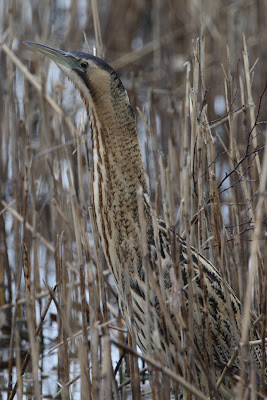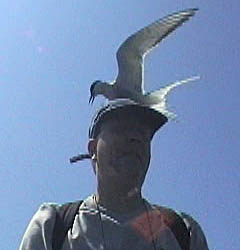 I suppose everyone has certain birds that become something of a 'challenge'. I have generally failed dismally in the past to get any decent shots of wagtails, but the two daily visitors we've had in the garden over this last couple of weeks got me going again - a pied and a first winter grey (I think). Trouble is they don't stop moving, so if you can't get some decent light the tail wags into a blur. I suppose if you get it right it might look artistic, but so far my efforts just look like bad shots - the whole body tends to bob, so they always look just that bit unsharp.
I suppose everyone has certain birds that become something of a 'challenge'. I have generally failed dismally in the past to get any decent shots of wagtails, but the two daily visitors we've had in the garden over this last couple of weeks got me going again - a pied and a first winter grey (I think). Trouble is they don't stop moving, so if you can't get some decent light the tail wags into a blur. I suppose if you get it right it might look artistic, but so far my efforts just look like bad shots - the whole body tends to bob, so they always look just that bit unsharp.First efforts were through the windows, hence the slightly opaque appearance.


While I was watching we had male and female blackcaps investigating our orchard. Not that we've got any fruit trees, just a lot of bags of 'value' apples to see what we can pull in. Only the female smiled for the camera though - again a window shot.

I decided to stick up a 'hide' near the apples. Sadly the blackcaps had found the dishes of sultanas and weren't coming out to the apples, but the wagtails appeared and I finally got some better shots.

 Despite appearances they don't eat apples - but they do seem to be eating shortcrust pastry! Perhaps it attracts insects?
Despite appearances they don't eat apples - but they do seem to be eating shortcrust pastry! Perhaps it attracts insects?
















































